|
John Tyman's Cultures in Context Series Torembi and the Sepik A Study of Village Life in New Guinea |
|
Topic No. 6: Hunting and Gathering |
|
John Tyman's Cultures in Context Series Torembi and the Sepik A Study of Village Life in New Guinea |
|
Topic No. 6: Hunting and Gathering |
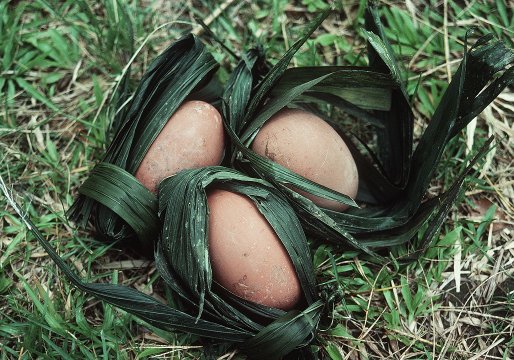 |
| 076. The eggs of wild birds like the cassowary are collected. |
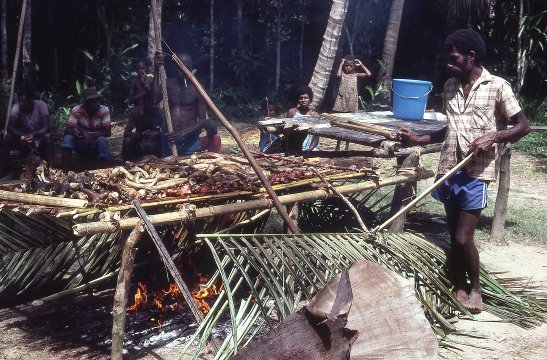 |
| 078. The main animal of interest to hunters here, however, is the feral pig, whose capture is invariably the occasion for a feast. |
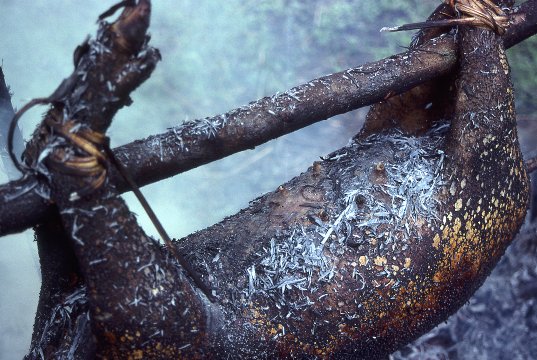 |
| 079. In one of the few domestic chores for which men are responsible, the carcass is hung from a pole, dry palm leaves are piled against it, and these are set alight to burn off the animal’s hair. |
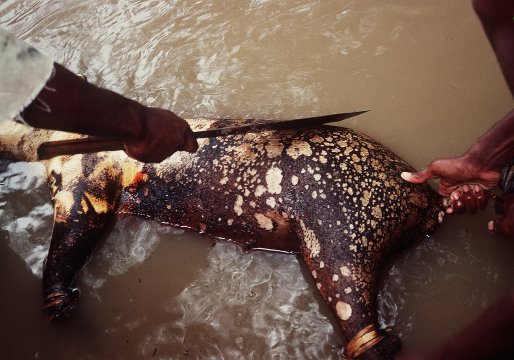 |
| 080. The carcass is then scraped clean in the river. |
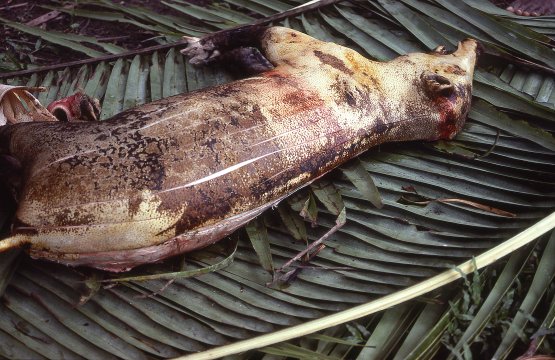 |
| 081. It is placed on a palm leaf and a sharp knife used to remove the back fat, which is cut into strips in preparation for smoking. The carcass is then dismembered piece by piece |
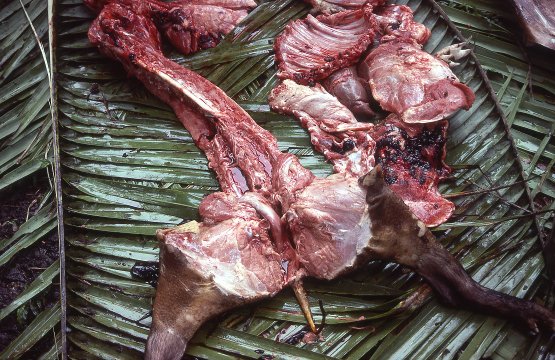 |
| 082. The allocation of the meat among the families involved is governed by custom. Nothing is thrown away except for a little blood and a few parasitic worms. |
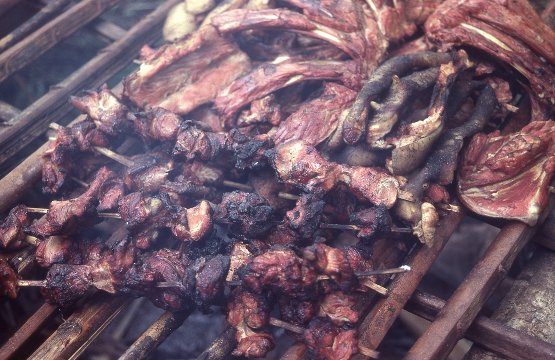 |
| 083. The meat will be cooked the same day. The smaller pieces are fixed to wooden skewers made from pandanus, and smoked for hours. |
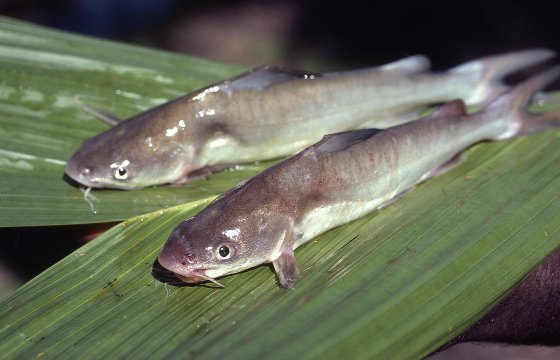 |
| 085. When fishing with a line they dig up grubs for bait but they don’t catch much, as most fish here are small. |
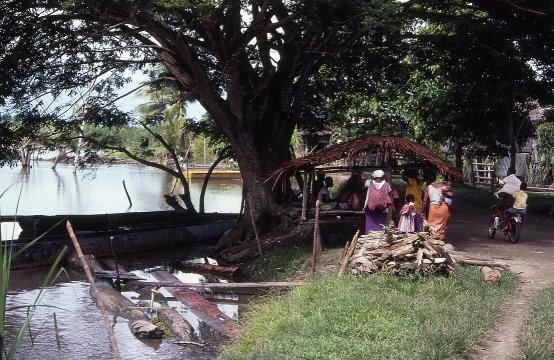 |
| 086. Instead, much of the fish eaten at Torembi actually comes from the Sepik. It is one of the great rivers of the humid tropics, and its banks are dotted with fishing villages. |

![]()
Text, photos and recordings
by John Tyman
Intended for Educational Use
Only.
Copyright Pitt Rivers Museum,
Oxford University, 2010.
Contact Dr.
John Tyman for more information regarding licensing.
![]()
www.hillmanweb.com
Photo processing, Web page layout,
formatting, and complementary research by
William Hillman ~ Brandon, Manitoba
~ Canada